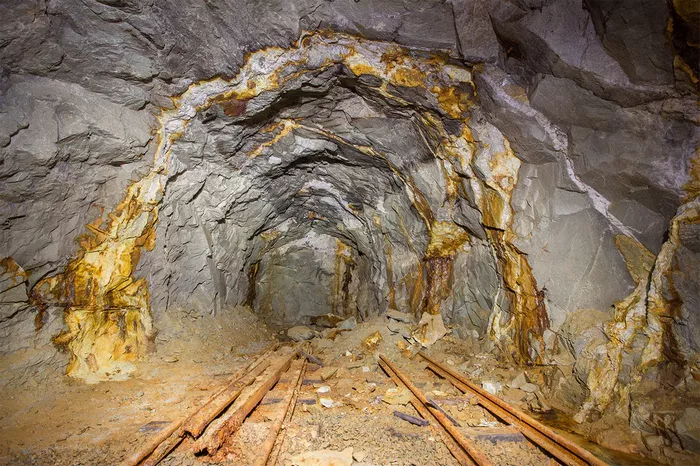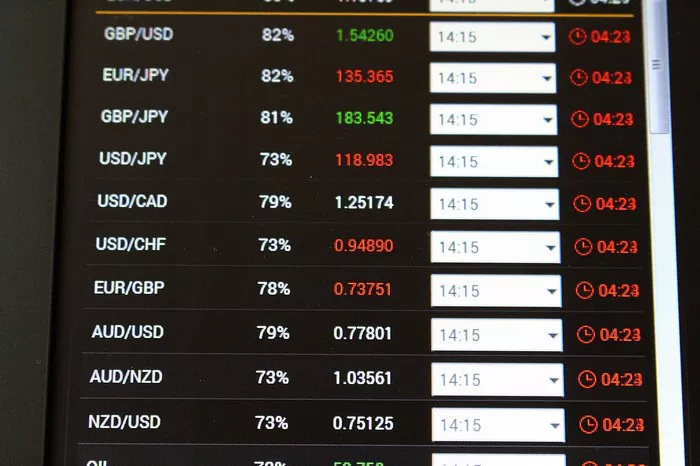Gold has fascinated humanity for centuries. Its allure, value, and historical significance make it one of the most coveted metals. This article explores where the most gold in the world is located, examining global reserves, major producers, and significant storage facilities.
Understanding Gold Reserves
What Are Gold Reserves?
Gold reserves refer to the amount of gold held by a country, organization, or institution, usually in the form of bullion or coins. These reserves are important for several reasons:
Economic Stability: Gold acts as a hedge against inflation and currency devaluation.
Monetary Policy: Countries use gold reserves to support their currencies and influence monetary policy.
Global Gold Reserves
According to the World Gold Council, the total above-ground stock of gold is estimated to be around 197,576 metric tons. However, the distribution of gold reserves varies significantly across different countries and regions.
Countries with the Largest Gold Reserves
1. United States
The United States holds the largest gold reserves in the world, totaling approximately 8,133.5 metric tons. Most of this gold is stored at Fort Knox, Kentucky, and the Denver Mint.
Fort Knox: Known for its high-security measures, Fort Knox contains about half of the U.S. gold reserves.
Federal Reserve Bank of New York: This facility also holds significant amounts of gold for other nations.
2. Germany
Germany ranks second, with reserves of about 3,362.4 metric tons. The Bundesbank manages these reserves, which are primarily stored in:
Frankfurt: Most of Germany’s gold is stored domestically.
Foreign Depositories: Some gold is held in facilities in New York and London for security.
3. Italy
Italy holds around 2,451.8 metric tons of gold. The Banca d’Italia manages these reserves, which serve as a financial safeguard.
4. France
France’s gold reserves are estimated at 2,436 metric tons. The Banque de France is responsible for managing these assets, maintaining their value as part of the national wealth.
5. Russia
Russia has significantly increased its gold reserves in recent years, now totaling approximately 2,299.9 metric tons. The Central Bank of Russia actively purchases gold to strengthen its financial position.
6. China
China’s official gold reserves stand at about 2,068 metric tons. However, many analysts believe the actual amount may be higher due to state-owned enterprises holding additional gold.
7. Switzerland
Switzerland holds around 1,040 metric tons of gold. The Swiss National Bank manages these reserves, contributing to the country’s status as a global financial hub.
Gold Production Around the World
Top Gold-Producing Countries
Gold production is another key aspect of understanding where gold is concentrated. The following countries are the largest producers of gold:
China: The largest producer, with over 370 metric tons annually.
Australia: Producing approximately 310 metric tons each year.
Russia: With production of about 300 metric tons.
United States: Roughly 210 metric tons produced annually.
Canada: Producing around 170 metric tons of gold.
Major Gold Mines
Several mines worldwide are known for their significant gold output:
Grasberg Mine (Indonesia): One of the largest gold mines in the world.
Muruntau Mine (Uzbekistan): A major contributor to global gold production.
Boddington Mine (Australia): Known for its large gold reserves.
See Also: Why Is Platinum Cheaper Than Gold?
Gold Storage Facilities
Central Banks
Many countries store their gold in central banks. The following institutions play a crucial role in gold storage:
Federal Reserve Bank of New York: Holds gold for various nations and private entities.
Bank of England: Serves as a major custodian for international gold reserves.
European Central Bank: Manages gold reserves for eurozone countries.
Private Storage Options
In addition to central banks, many individuals and institutions opt for private storage solutions:
Private Vault Companies: Companies like BullionVault and GoldMoney offer secure storage for gold.
Home Safes: Some individuals choose to store gold at home, although this comes with risks.
Gold in Jewelry and Industry
Gold in Jewelry
A significant portion of mined gold is used in jewelry. Countries with high jewelry consumption include:
India: The largest consumer of gold jewelry in the world.
China: A rapidly growing market for gold jewelry.
United States: Significant consumer due to cultural and economic factors.
Industrial Uses
While gold is primarily known for its investment and jewelry applications, it also has various industrial uses, including:
Electronics: Used in connectors, switches, and other components.
Dentistry: Gold is often used in dental work due to its biocompatibility.
Aerospace: Gold coatings are used in spacecraft for thermal protection.
Future of Gold
Market Trends
The gold market is influenced by various factors, including:
Economic Conditions: Gold often performs well during economic downturns.
Inflation Concerns: As a hedge against inflation, demand for gold typically rises during high inflation periods.
Investment Opportunities
Investors can gain exposure to gold through various means, including:
Physical Gold: Purchasing bullion or coins.
Gold ETFs: Investing in exchange-traded funds that track gold prices.
Mining Stocks: Investing in companies that mine gold.
Conclusion
Gold remains a vital asset in the global economy, with significant reserves concentrated in specific countries and facilities. Understanding where the most gold is located, as well as its production and storage, is essential for investors and policymakers alike. With evolving economic conditions and market dynamics, gold will continue to play a crucial role in financial stability and investment strategies. As you consider your investments, keeping an eye on gold trends can provide valuable insights into the broader economic landscape.
[inline_related_posts title=”You Might Be Interested In” title_align=”left” style=”list” number=”3″ align=”none” ids=”3668,3647,3549″ by=”categories” orderby=”rand” order=”DESC” hide_thumb=”no” thumb_right=”no” views=”no” date=”yes” grid_columns=”2″ post_type=”” tax=””]

































